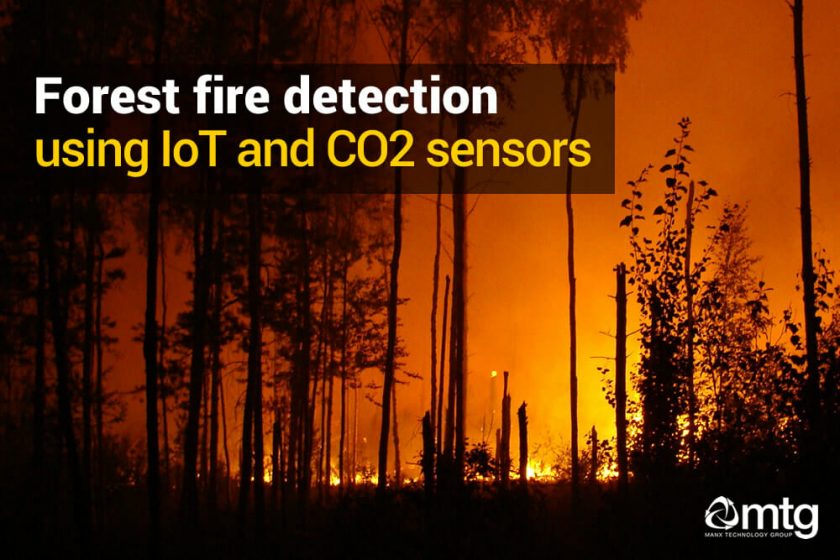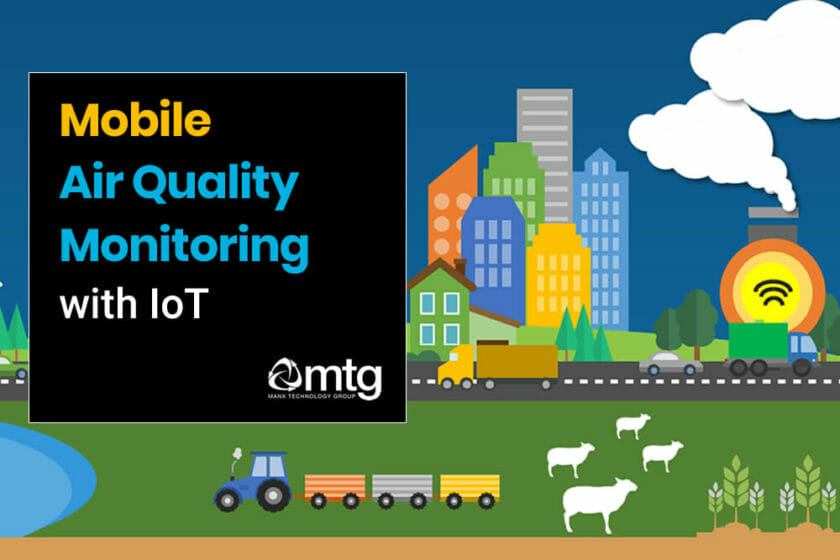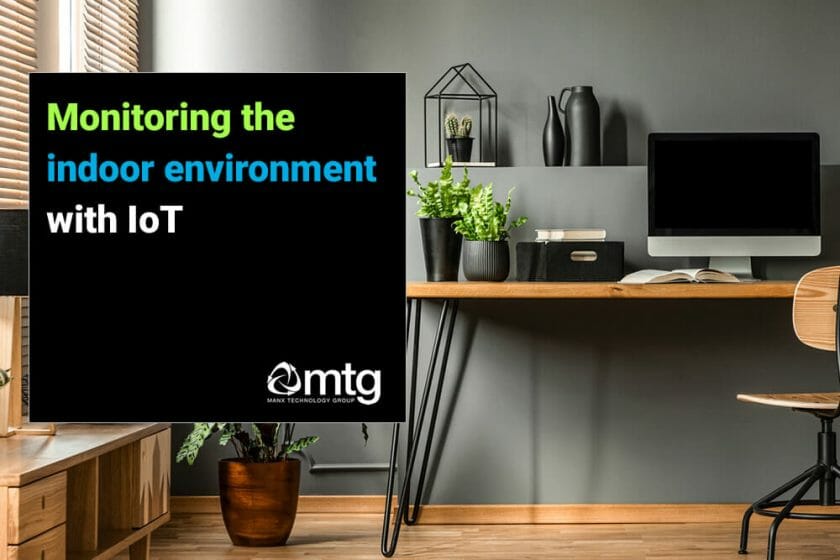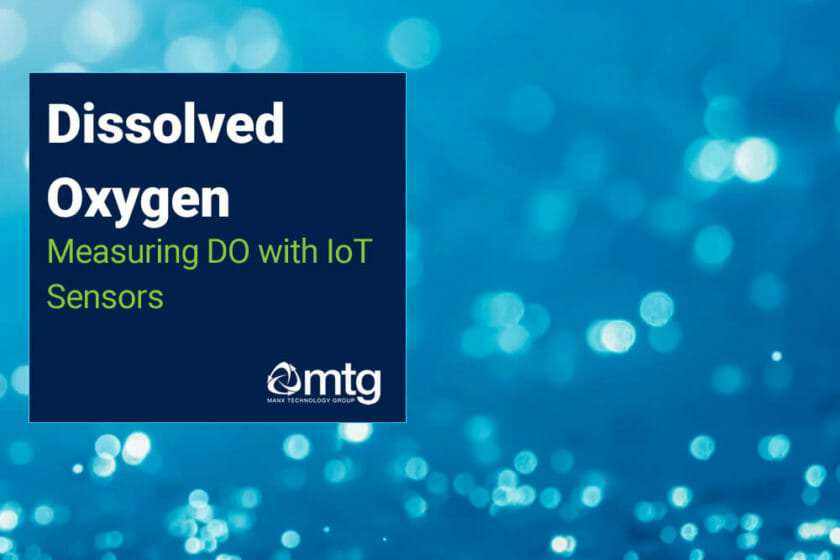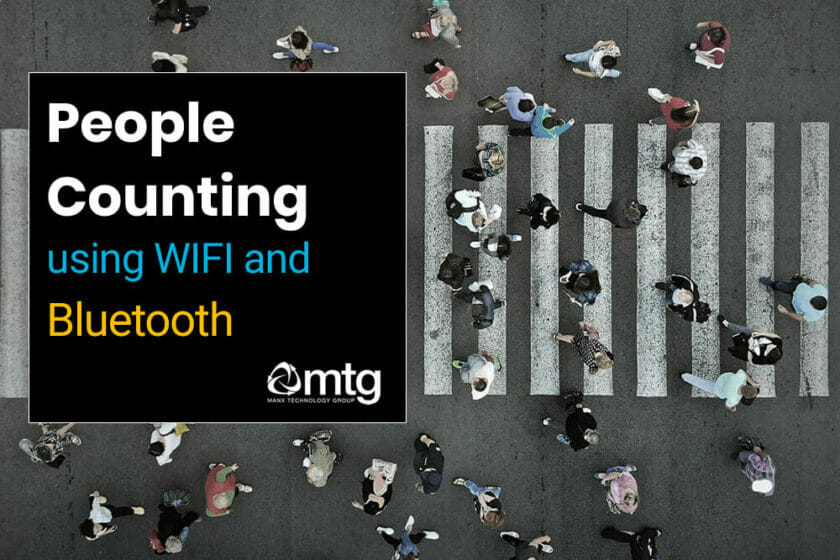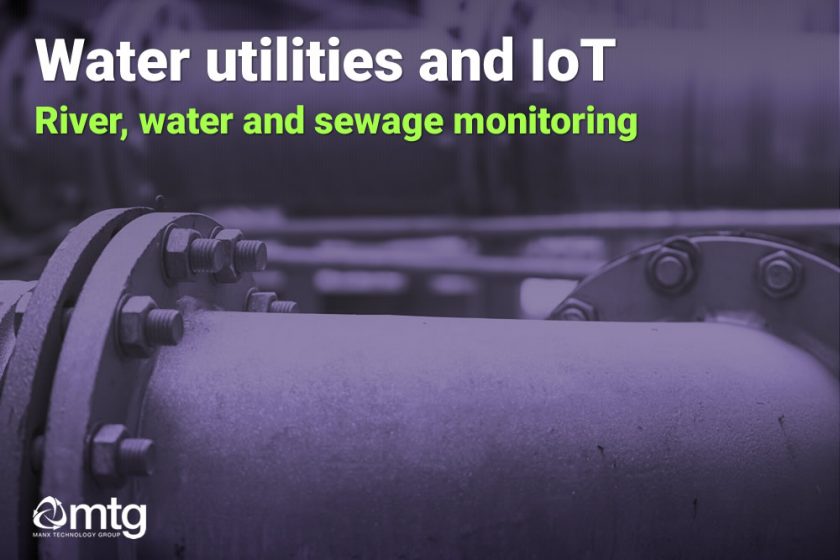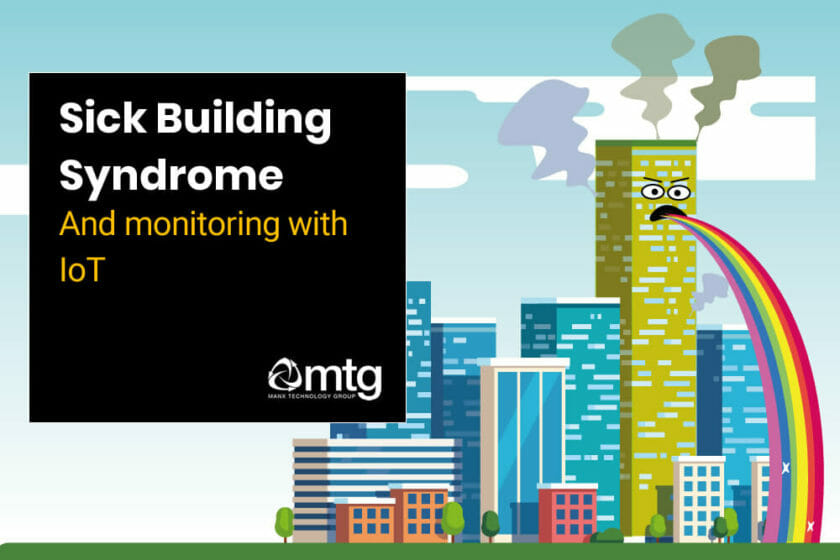Forest fires (wildfires) are common hazards in forests, particularly in remote or unmanaged areas. It is possible to detect forest fires, elevated CO2, and temperature levels using Internet of Things (IoT) sensors. You can deploy IoT, satellite and solar sensors in remote areas without the need for internet, cellular/mobile or mains power.
